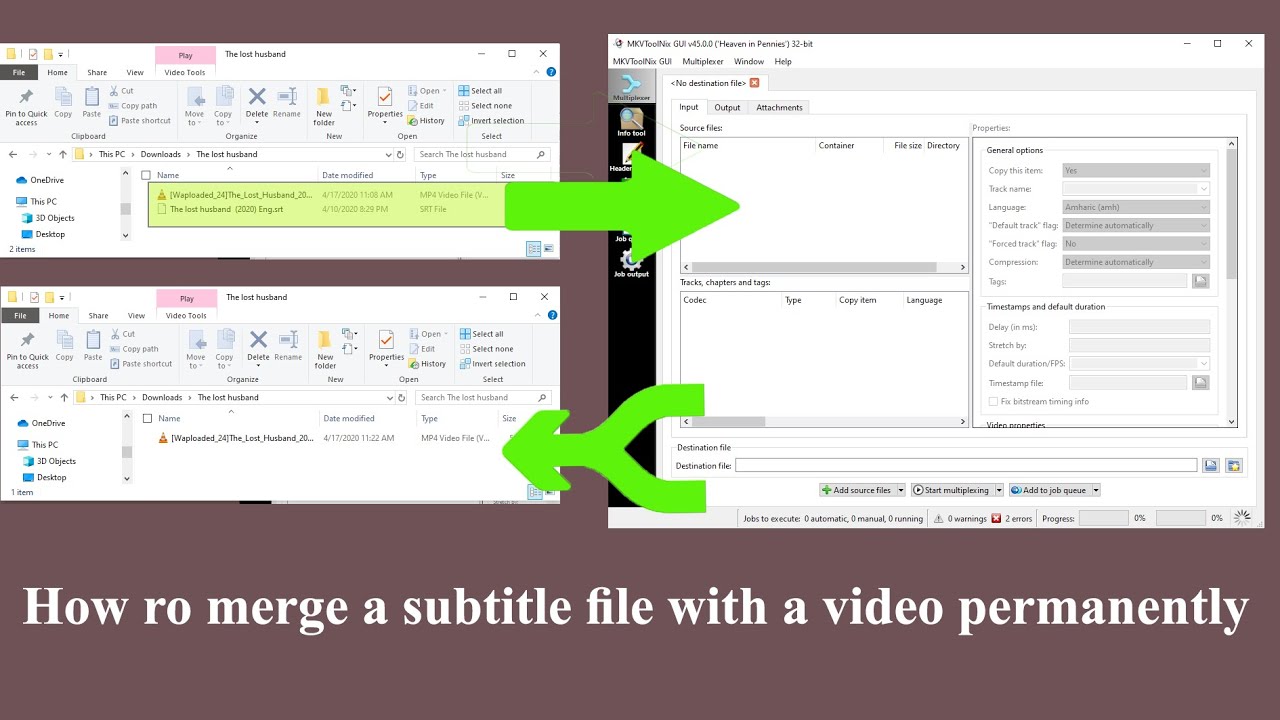Arabic calligraphy has many types that have different designs and symbols. Each type of font is distinguished from others in terms of style and the way of writing the letters of the Arabic language. Also, each line has a special shape. and the history associated with its creation, There are many types of Arabic calligraphy, of which seven basic fonts are currently used. We review them together in this article.
koufi font

The Kufic script is one of the oldest Arabic scripts and the first to appear. He is called the “Father of Lines”. It is derived from the Nabataean script, which is attributed to the Nabataeans. It was called the Kufic script, attributed to Al-Kufa, the first city established by Muslims in Iraq. Then the Kufic script spread from it to the rest of the Arab cities and countries.
Kufic script is characterized by straightness, Where the ruler was used in the past for the purpose of writing letters, Only calligraphers could master it, However, after that, many people and artists became proficient in the Kufic script.
Also Read: How to Download English Fonts for Photoshop
The Kufic script is used to decorate the shape of the letters. This line was very popular during the Abbasid era. Then the Kufic script witnessed a great development. Nearly 70 other line types have been derived from it.
Diwani script

The Diwani calligraphy is one of the best and most beautiful Arabic calligraphy created by the Ottomans. He was the first to set the rules for the Diwani script and determine its scales. He is the calligrapher “Ibrahim Munif”.
This line was called Al-Diwani, in reference to the government offices. Where it was used in writing decorations, badges, appointments, publications and work papers within government offices.
The Diwani script is characterized by its liveliness, voluntarism, and ease. It also provides the calligrapher with an opportunity to show his talents and creativity through it.
copy line

The Naskh font is one of the most important and oldest Arabic fonts. It was invented by the Abbasids and improved by the vizier “Ibn Muqla”, one of the most famous calligraphers of the Abbasid era.
It was called copy because of its frequent use in copying books and manuscripts. It was also called the press font for use in writing daily newspapers.
It is a very distinctive and beautiful line. The size of its letters is large and clear, and it is an easy-to-read font. Therefore, it was used in writing the Holy Qur’an. And the printing of the Holy Qur’an.
The Naskh script is currently the most widely used and widespread in many Arab countries. It is used in books, Qurans, newspapers and other publications. That is why it was called “vernacular font” for the ability of all people to use it easily.
Line vamp

Al-Raq’a font is one of the most easy and fast Arabic fonts for writing. People use it in their daily writing. It is still used by many today.
The Ottomans invented the patch line since 850 AD. At that time, it was the official line in all transactions within the Ottoman Empire.
It was named al-Raqqa after it was written on the old parchment. The line of the patch is beautiful, straight and easy to read and write.
What distinguishes this font compared to many other types of Arabic fonts, is that calligraphers have preserved it, Since they did not change it and did not derive other lines from it, Nor did they develop it into other lines.
Thuluth line

The Thuluth font is the origin of all Arabic fonts. where every successful calligrapher must master, Whoever masters it well can master any other font type of the Arabic language easily.
The Thuluth line has been widely used. In decorating mosques as well as writing headlines in books, And in domes too, and other uses.
Thuluth font is one of the most difficult types of Arabic fonts. whether in terms of learning or writing, But at the same time it is characterized by a distinctive aesthetic.
Read also: How to download decorative Arabic fonts for Photoshop
Persian calligraphy

Persian calligraphy appeared in Persia in the thirteenth century AD. It was the result of the merging of Naskh, Raq’ah and Thuluth scripts. It was also called the Naskh al-Ta’liq or nasta’liq script.
The Persian font is also distinguished by its unique character that makes it different from other Arabic fonts. Its letters are graceful and appear to be going in one direction. It is a perfectly clear and easy-to-read font.
leave line

Also called signature line, It appeared for the first time in Iraq. The leave line witnessed a great development during the era of the Ottoman Empire. Then it spread to the rest of the Arab countries.
The reason for calling this line is the leave, It was previously used to write study certificates. The reason for calling it the signature line, It came because the successors of the state had previously relied on him when signing various documents.
The leave line or signature, Resulting from merging the thuluth and naskh lines, It is characterized by ease and beauty of the form.
Read also: How to find out Arabic calligraphy from the picture
Here we have finished with this article, From providing you with the basic types of Arabic calligraphy, We explained to you the date of its establishment and the reason for its name. And the advantages of each type of Arabic fonts and its uses.






